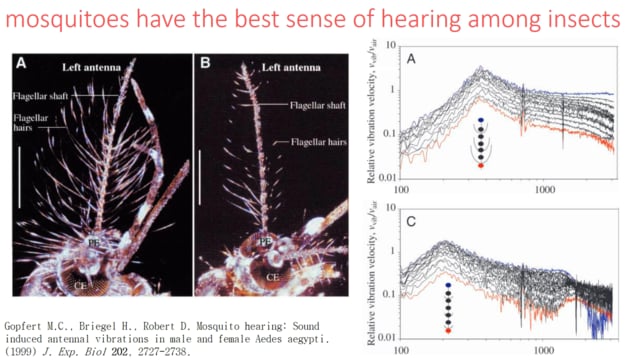ASTMH 2016, Haripriya Mukundarajan: “Shazam for Mosquitoes: Crowdsourcing vector surveillance by using mobile phones as acoustic sensors”
Collaborator(s): Stanford University (SU), United States
Published: 14/11/2016
In collaboration with ASTMH, Image Audiovisuals, and session presenters, MESA brings you this webcast from the 65th ASTMH annual meeting in Atlanta, November 2016.
Title: “Shazam for Mosquitoes: Crowdsourcing vector surveillance by using mobile phones as acoustic sensors”
Speaker: Haripriya Mukundarajan, Stanford University, California, USA
Session information: Scientific Session 12: “Mosquitoes: Operational Control”
Monday, 14 November, 8am – 9:45 am, Marriott – Room A703/704
Abstract:
One of the most ubiquitous, powerful and easily accessible data collection tools that we possess today is the mobile phone. Here we show that mobile phones can be harnessed to identify insects around us through acoustic measurements. We demonstrate that a variety of mobile phones, from recent smart phones to the feature-phone models of the 1990s, can be used to record sufficiently sensitive signals for the acoustic identification of individual insects. Through signal processing analyses, we create an “acoustic fingerprint” for disease vectors such as mosquitoes, which can be used to infer its species and physiological characteristics like sex and blood-feeding status. We outline a citizen science initiative to create an open database of acoustic signatures, with insect recordings from all over the world being processed for crowd-sourced, real time surveillance of vector ecology. This technique makes it possible to collect vector surveillance data at extremely high spatio-temporal resolutions, which can help plan disease control strategies, monitor invasive species and gauge infection risks for vector-borne diseases.
THEMES: Product Development | Surveillance | Vector Control



